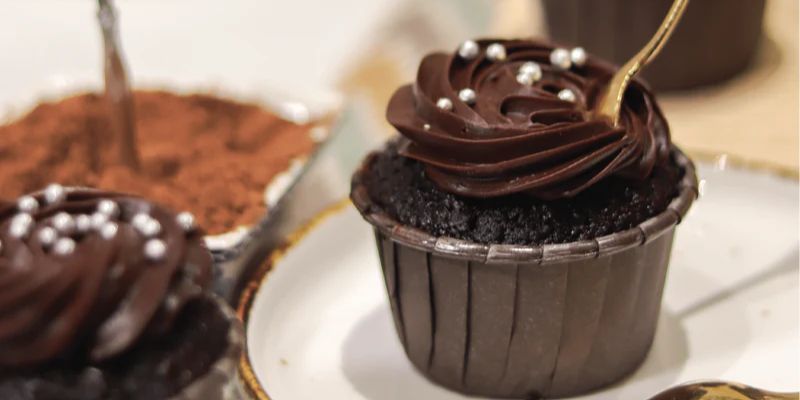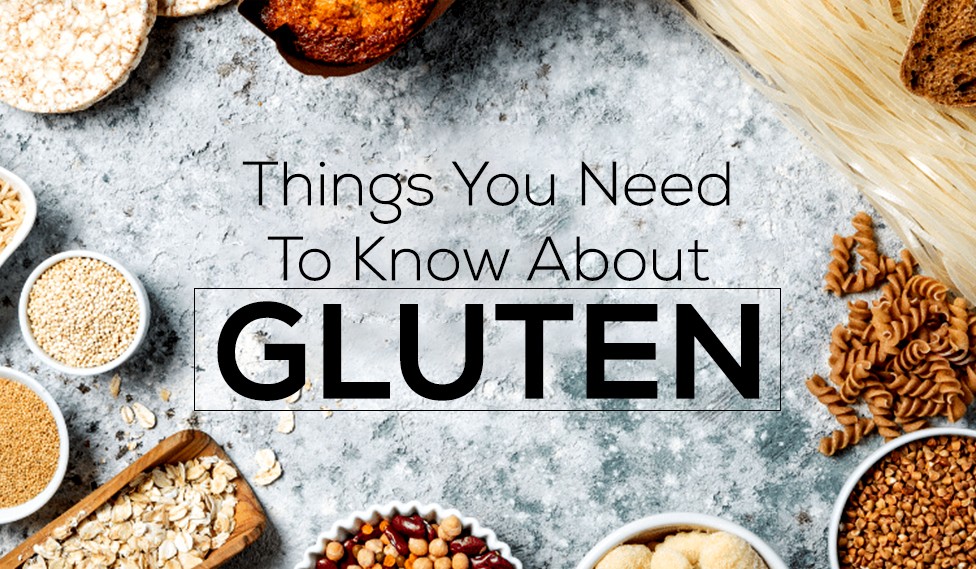In the world of culinary arts, every detail matters, even down to the parchment paper you use. Whether you’re baking delicate pastries, roasting savory vegetables, or steaming succulent fish, the right parchment paper can make all the difference in the outcome of your dish. But with so many options available, how do you choose the perfect parchment paper for your culinary creations? Fear not, for in this comprehensive guide by ZeroIn Academy, the best baking institute in Chennai, we’ll explore everything you need to know to make the right choice.
Understanding Parchment Paper Before delving into the intricacies of choosing parchment paper, let’s first understand what it is. Parchment paper, also called baking paper or bakery release paper, is a cellulose-based sheet that has been treated with sulfuric acid and zinc chloride to give it non-stick properties. It is widely used in cooking and baking to prevent food from sticking onto pans and trays, as well as to facilitate easy cleanup.
Types of Parchment Paper
Bleached vs. Unbleached:
Bleached parchment paper undergoes a chemical process to achieve its white color, while unbleached parchment paper retains its natural brown hue. Bleached parchment paper is often preferred for its pristine appearance, especially when baking delicate pastries like meringues or macarons. Unbleached parchment paper, on the other hand, is favored by those who prioritize eco-friendliness and prefer a more rustic aesthetic.
Silicone Coated vs. Quilon Coated:a
Parchment paper is typically coated with either silicone or quilon (a chemical compound derived from chromium salts). Silicone-coated parchment paper is non-toxic, non-stick, and heat-resistant, making it suitable for a wide range of cooking and baking applications. Quilon-coated parchment paper, while also non-stick, may contain traces of heavy metals like chromium, which can leach into food at high temperatures. As such, silicone-coated parchment paper is generally considered safer for culinary use.
Pre-cut Sheets vs. Rolls:
Parchment paper is available in both pre-cut sheets and rolls. Pre-cut sheets are convenient for lining baking trays and wrapping individual portions of food, while rolls offer greater flexibility, allowing you to cut custom-sized pieces to fit your specific needs. Consider your culinary preferences and cooking habits when deciding between pre-cut sheets and rolls.
Factors to Consider When Choosing Parchment Paper
Heat Resistance:
Different parchment papers have varying degrees of heat resistance. For high-temperature cooking methods such as roasting and broiling, opt for parchment paper that can withstand temperatures of at least 425°F (218°C) to prevent scorching or burning. Silicone-coated parchment paper is typically more heat-resistant than quilon-coated parchment paper.
Non-Stick Properties:
The primary function of parchment paper is to prevent food from sticking on pans and trays during cooking. Look for parchment paper that offers excellent non-stick properties to ensure easy release and minimal mess. Silicone-coated parchment paper is known for its superior non-stick surface compared to quilon-coated parchment paper.
Eco-Friendliness:
If sustainability is important to you, consider choosing unbleached parchment paper made from sustainably sourced materials. Additionally, look for parchment paper that is compostable or biodegradable to minimize environmental impact. Professional bakery courses in Chennai use sustainable and eco friendly practices for their baking projects.
Versatility:
Depending on your culinary repertoire, you may require parchment paper that can be used for a variety of cooking methods, including baking, roasting, steaming, and more. Silicone-coated parchment paper is highly versatile and can be used for a variety of cooking applications, making it a staple in many kitchens.
Size and Thickness:
Parchment paper comes in various sizes and thicknesses to accommodate different cooking needs. Thick parchment paper is more durable and less likely to tear or rip during use, making it ideal for heavy-duty tasks like roasting meats or baking bread. Consider the size of your baking trays and the type of dishes you typically prepare when selecting parchment paper.
Tips for Using Parchment Paper
Properly Line Baking Trays:
When lining baking trays with parchment paper, ensure that the paper lays flat and covers the entire surface of the tray. This will prevent food from coming into direct contact with the tray and facilitate even cooking.
Use Parchment Paper for Rolling Dough:
Parchment paper can be used to prevent dough from sticking to countertops and rolling pins when rolling out pastry or cookie dough. Simply place a sheet of parchment paper on the work surface before rolling out the dough for mess-free baking.
Reuse Parchment Paper When Possible:
While parchment paper is typically used for single-use purposes, it can often be reused multiple times for tasks like roasting vegetables or baking multiple batches of cookies. Simply wipe off any excess oil or debris after each use and store the parchment paper in a cool, dry place for future use.
Experiment with Different Brands:
Not all parchment papers are created equal, so don’t be afraid to experiment with different brands to find the one that best suits your needs. Consider factors such as non-stick properties, heat resistance, and eco-friendliness when comparing brands.
Conclusion:
Choosing the right parchment paper for your culinary creations is an essential step in achieving optimal results in the kitchen. By choosing our Baking Courses in Chennai to guide you to know the tricks of baking. Whether you prioritize non-stick properties, eco-friendliness, or versatility, there’s a parchment paper out there to meet your needs. By considering factors such as heat resistance, non-stick properties, eco-friendliness, size, and thickness, you can select the perfect parchment paper to elevate your cooking and baking endeavors. So next time you’re in the kitchen, remember to reach for the right parchment paper and let your culinary creativity soar.

